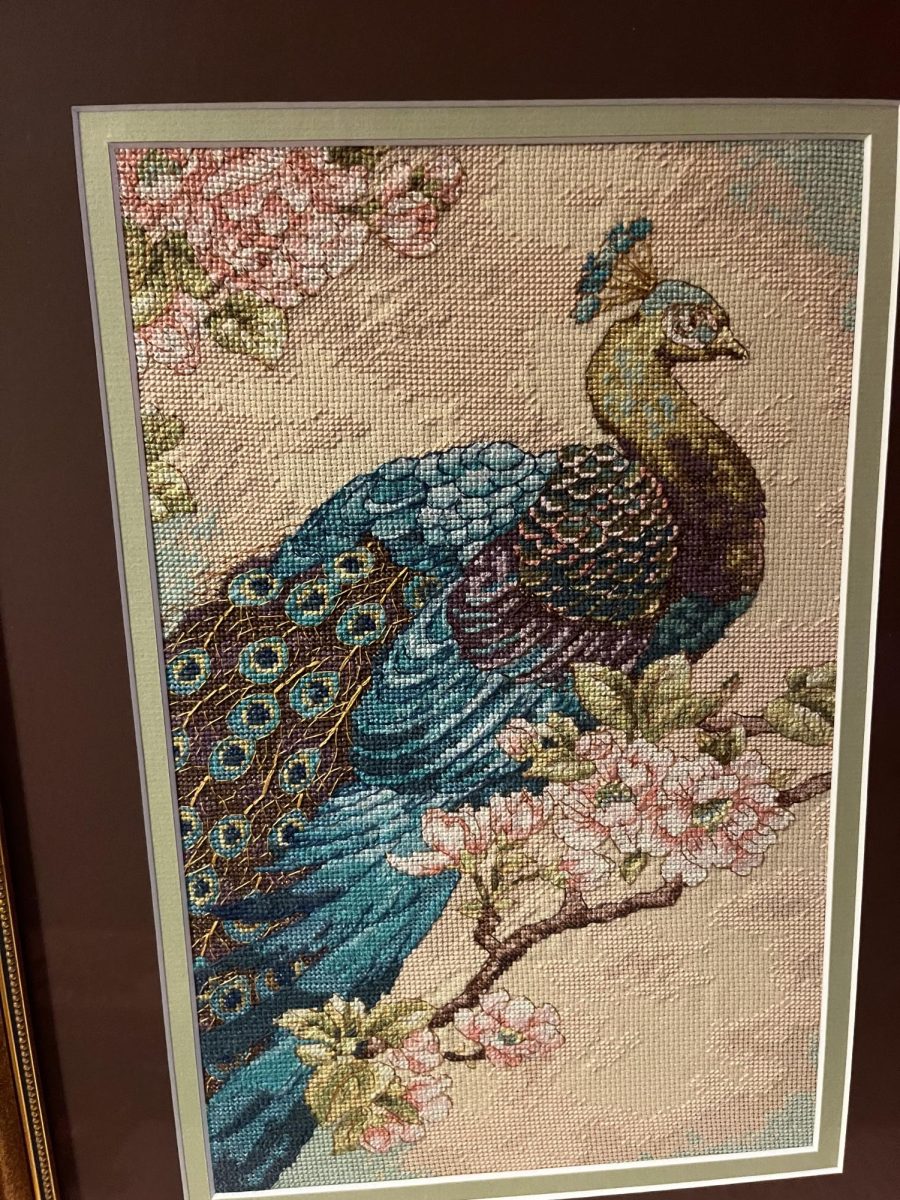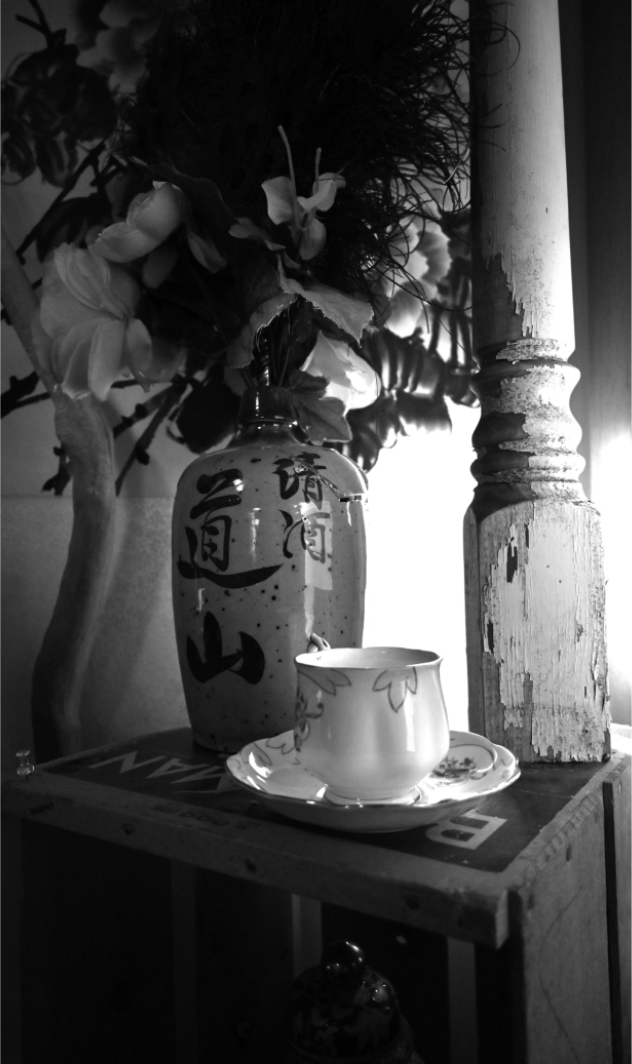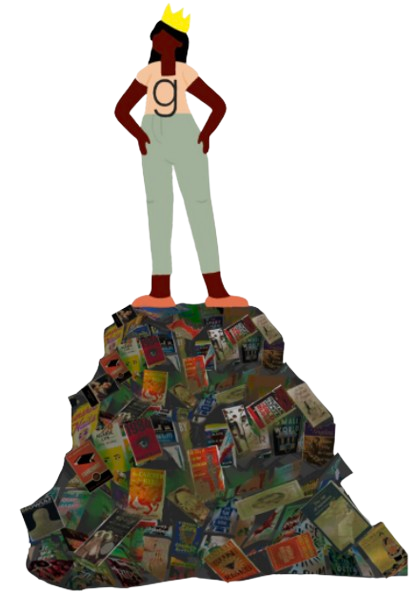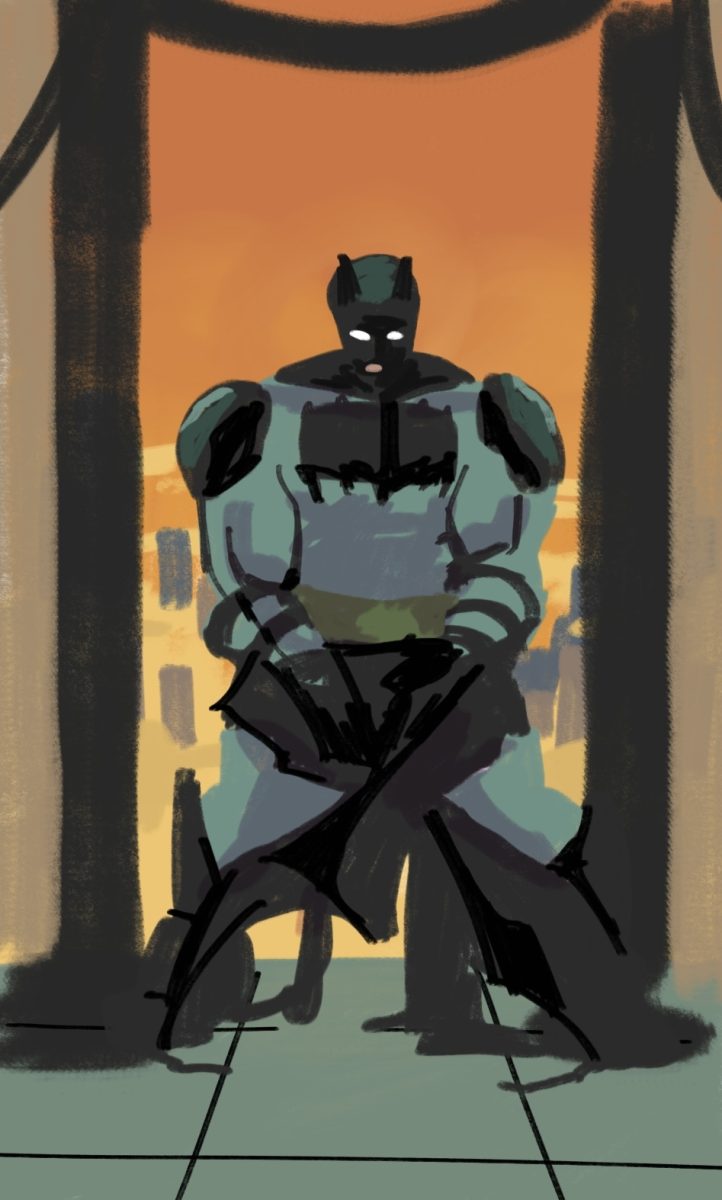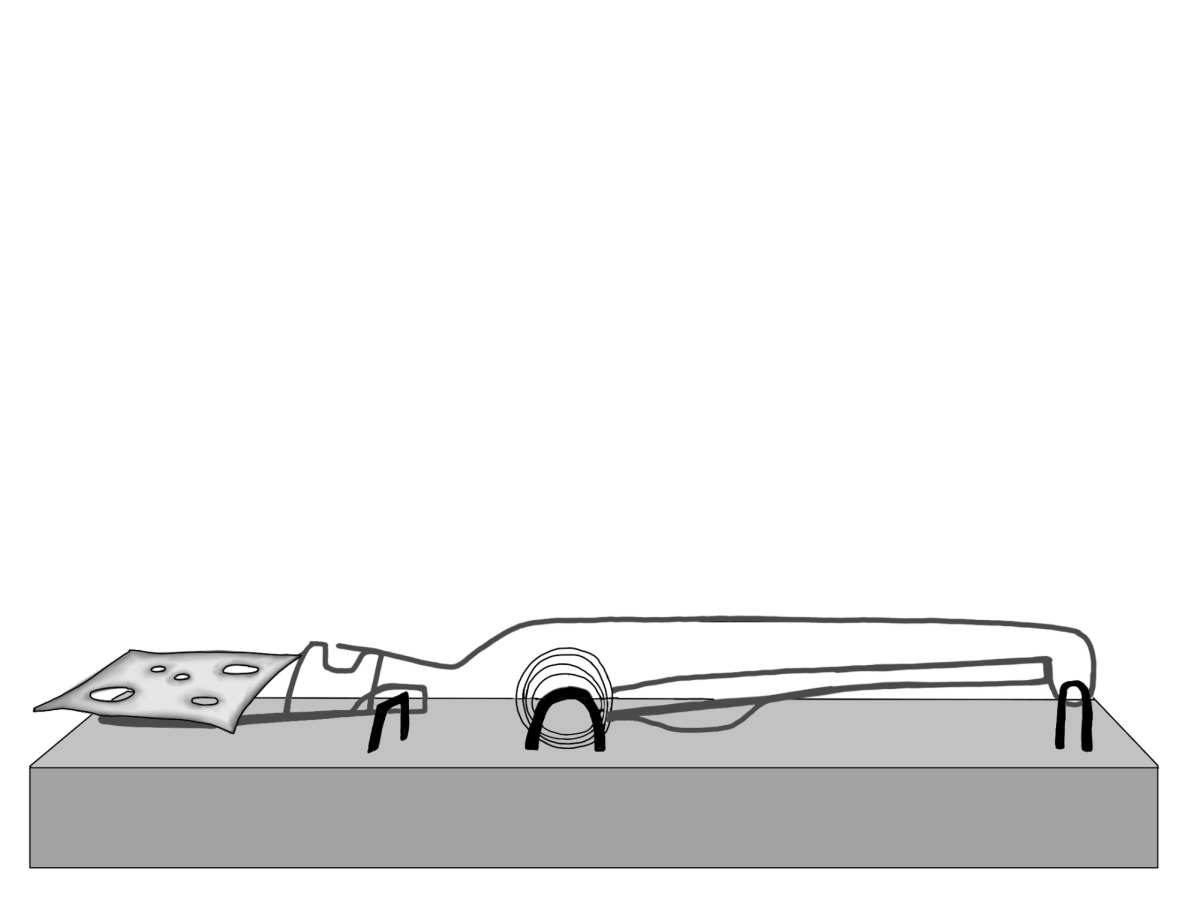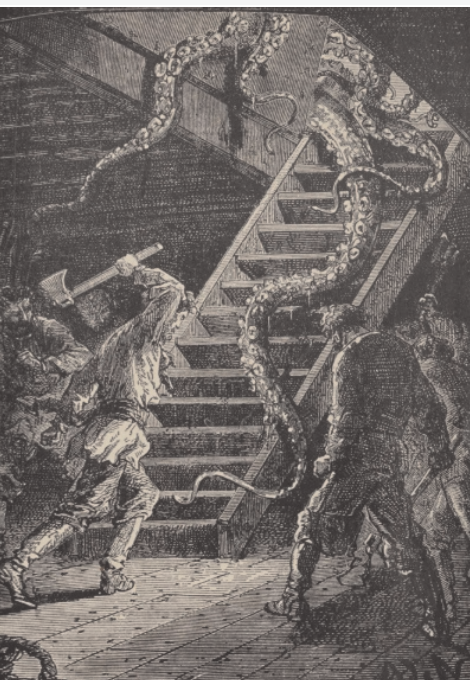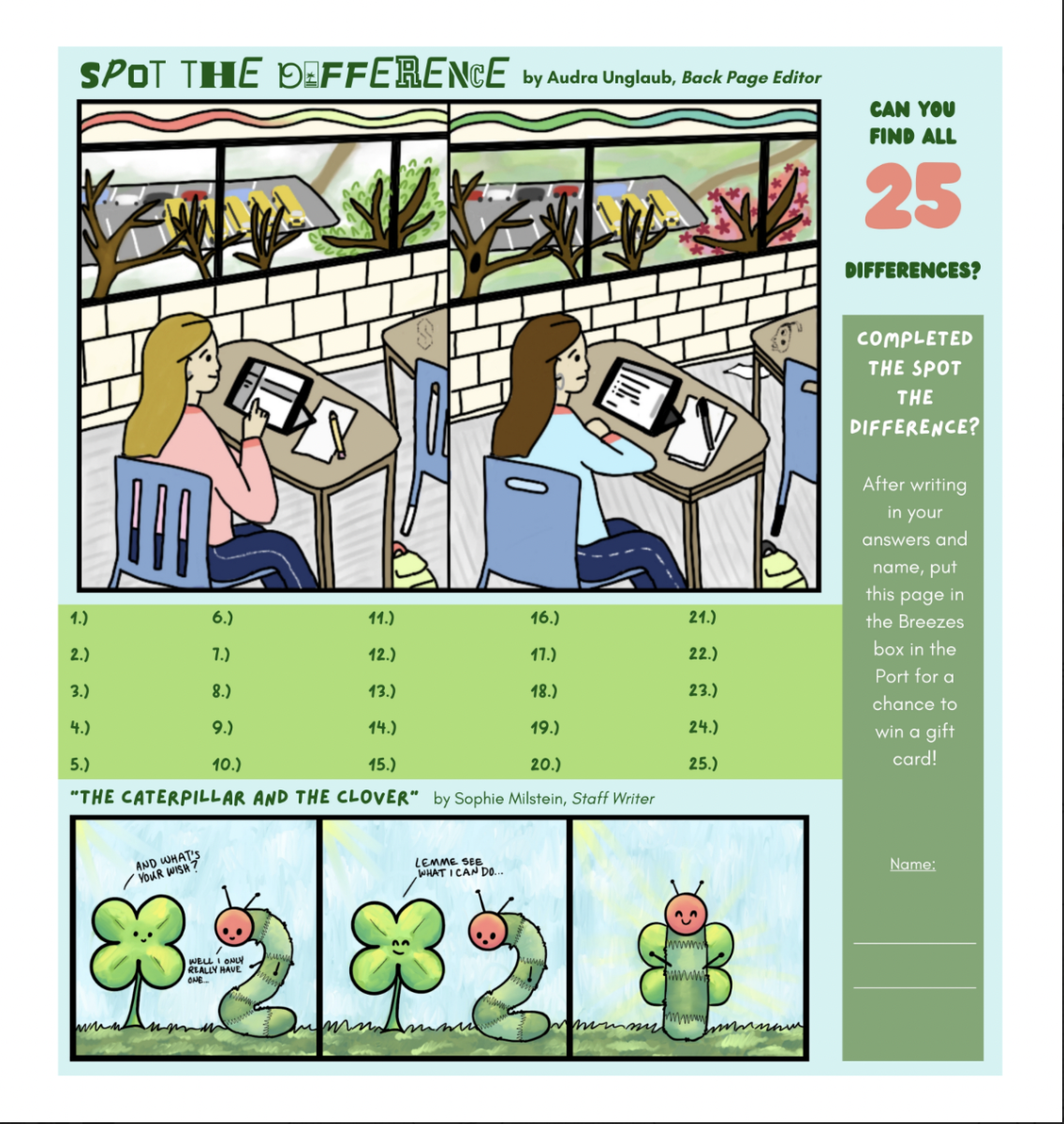Rosie The Riveter
October 25, 2019
An American symbol of feminism and power, Rosie the Riveter’s famous words, “We can do it” have inspired countless people since the iconic poster’s debut in 1942. The history of Rosie The Riveter is somewhat forgotten and overlooked, so here’s a brief history of an American icon.
The origins of Rosie can be traced back to multiple women. One of whom was named Naomi Parker Fraley. She was one of many women who joined the workforce in the 1940s due to World War II. A photographer took a photo of her while she was working, and that image is said to be the inspiration for the iconic character. When the photo was taken, it was not known who the woman was or who was the inspiration for the character.
Two other women who were said to be the inspiration for Rosie were Geraldine Hoff Doyle and Rose Will Monroe. According to the History Channel, both women came from Detroit, Michigan. While there have been numerous debates over which of these women were the true inspiration for Rosie, it is now widely believed to be Naomi Parker Fraley. The New York Times reported that Fraley died on January 22, 2018, at the age of 96, less than two years after she was recognized as the inspiration for the character.
Rosie’s debut was the famous “We Can Do It” poster. While the name “Rosie” was not initially connected to this poster, eventually Rosie the Riveter became tied to this slogan. The poster, according to the Museum of American History, was created by artist J. Howard Miller and was commissioned by Westinghouse Coordinating Committee. Its purpose was to inspire women to join the workforce.
The name “Rosie” originated from a song. The History Channel states that the song “Rosie The Riveter” was released one year after the poster in 1943. It was written by Redd Evand and John Jacob Loeb. The song’s lyrics depicted a woman named Rosie who worked in an assembly line.
Some of the lyrics read “she’s making history, working for victory,” and “that little frail can do more than a male can do.” The song inspired American artist Norman Rockwell to paint his version of Rosie.
The cultural impact of Rosie the Riveter can still be seen today.
“She has inspired me to always try my hardest and to work for what I want,” said Ravelle Rute, ‘22.
What used to be an image of wartime propaganda is now a universal symbol of feminism and empowerment.

